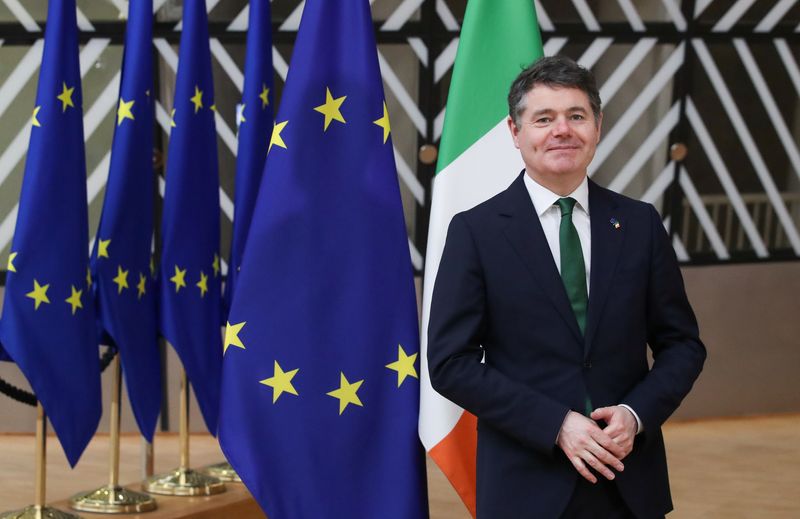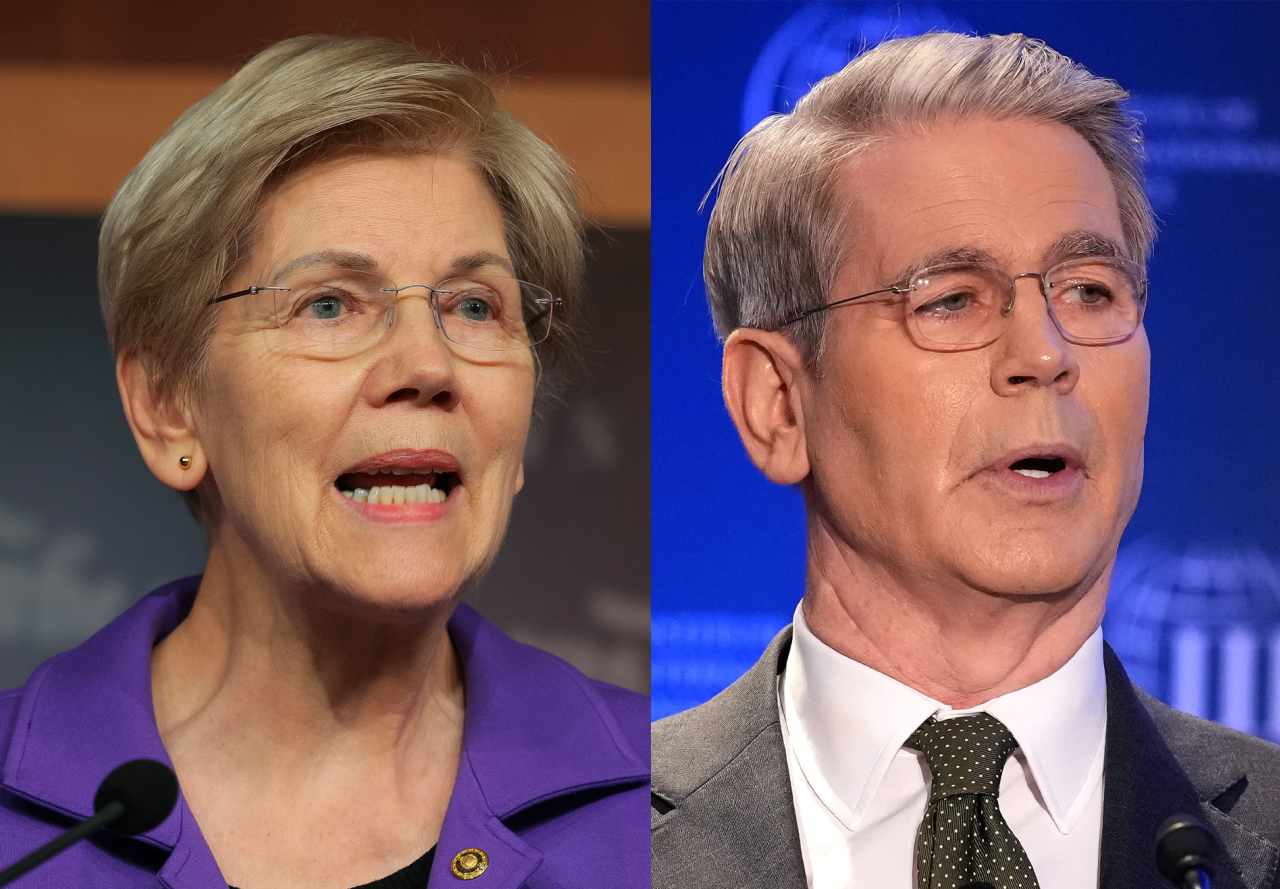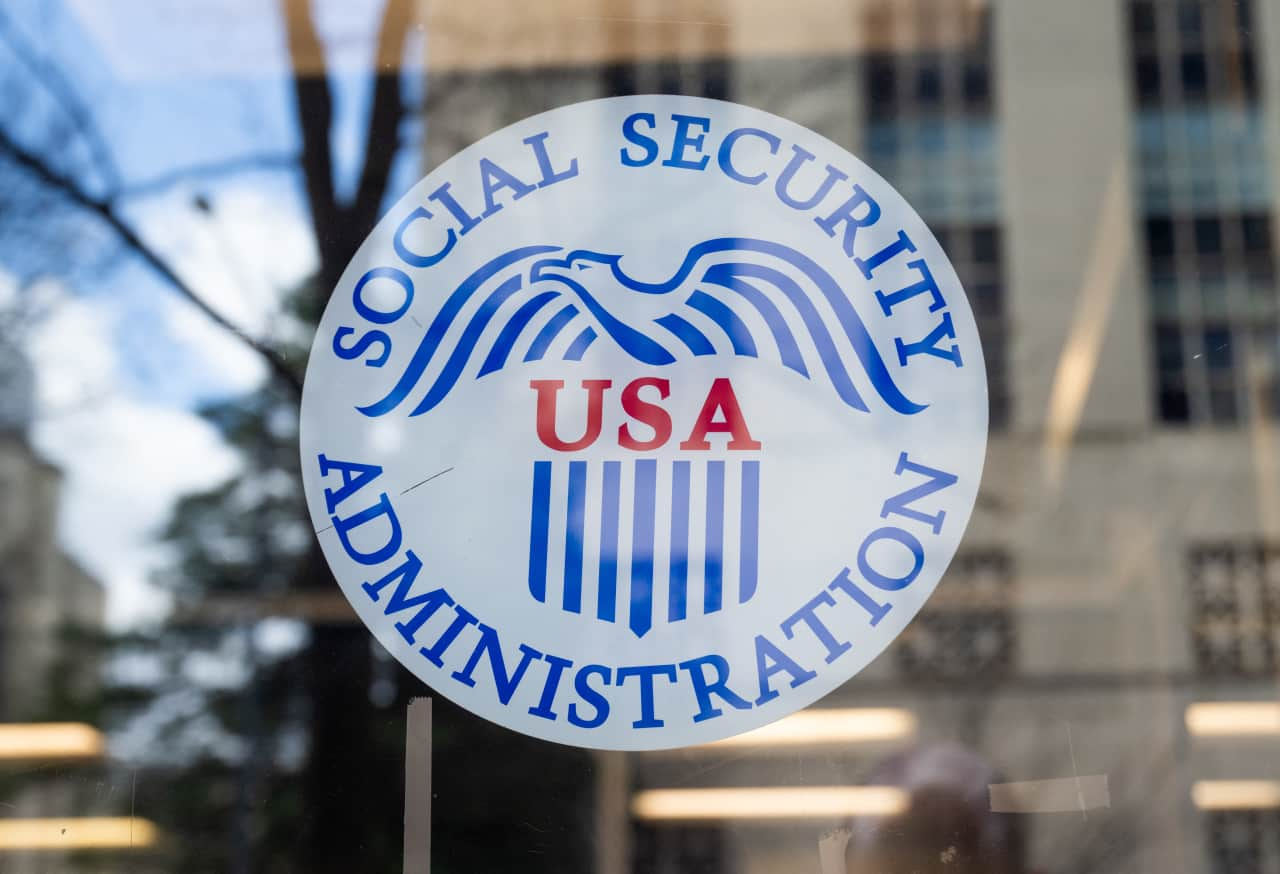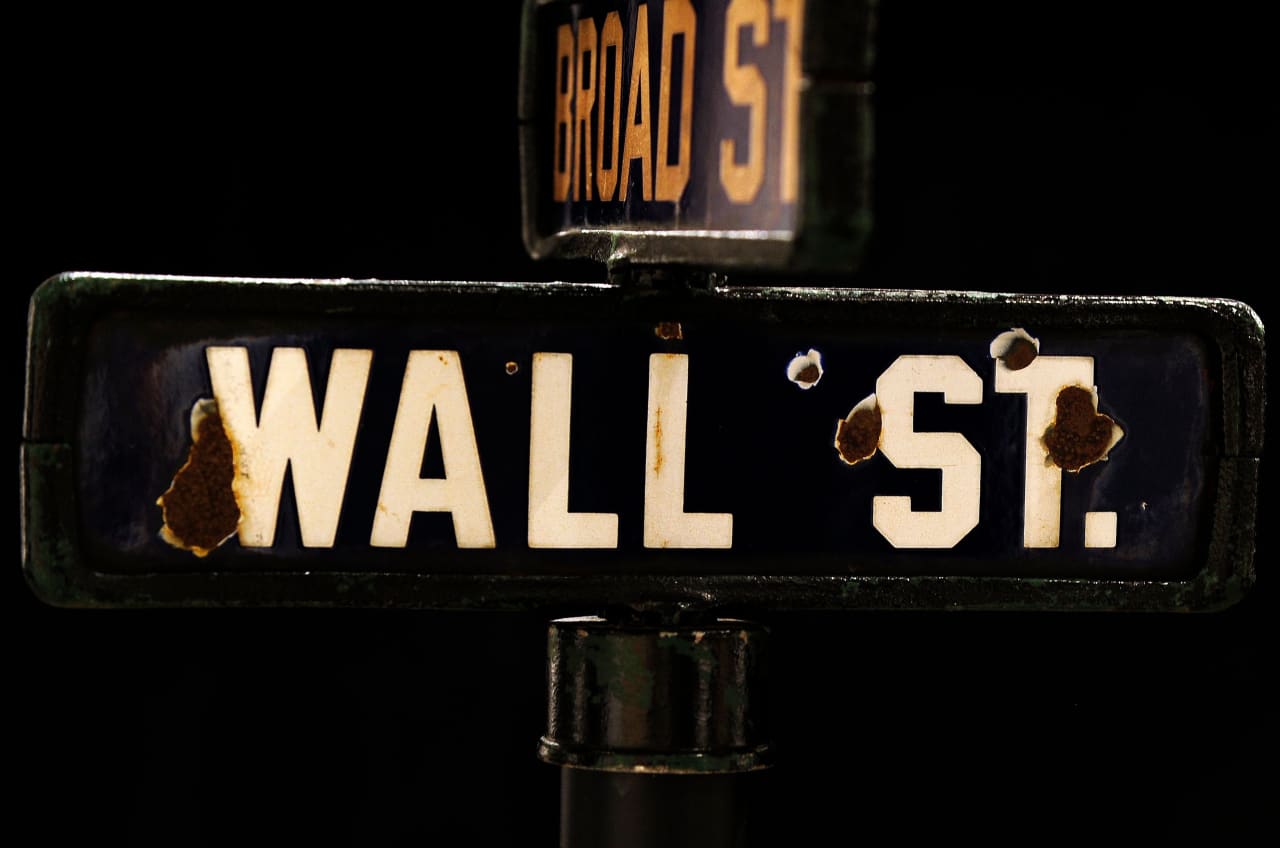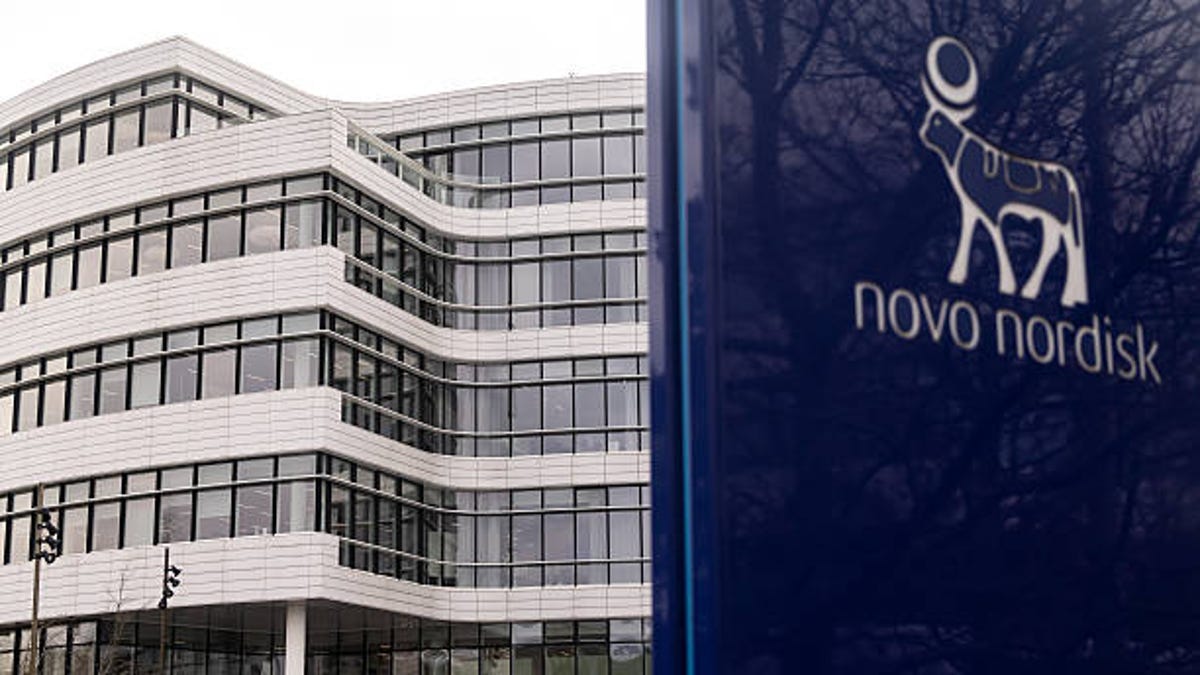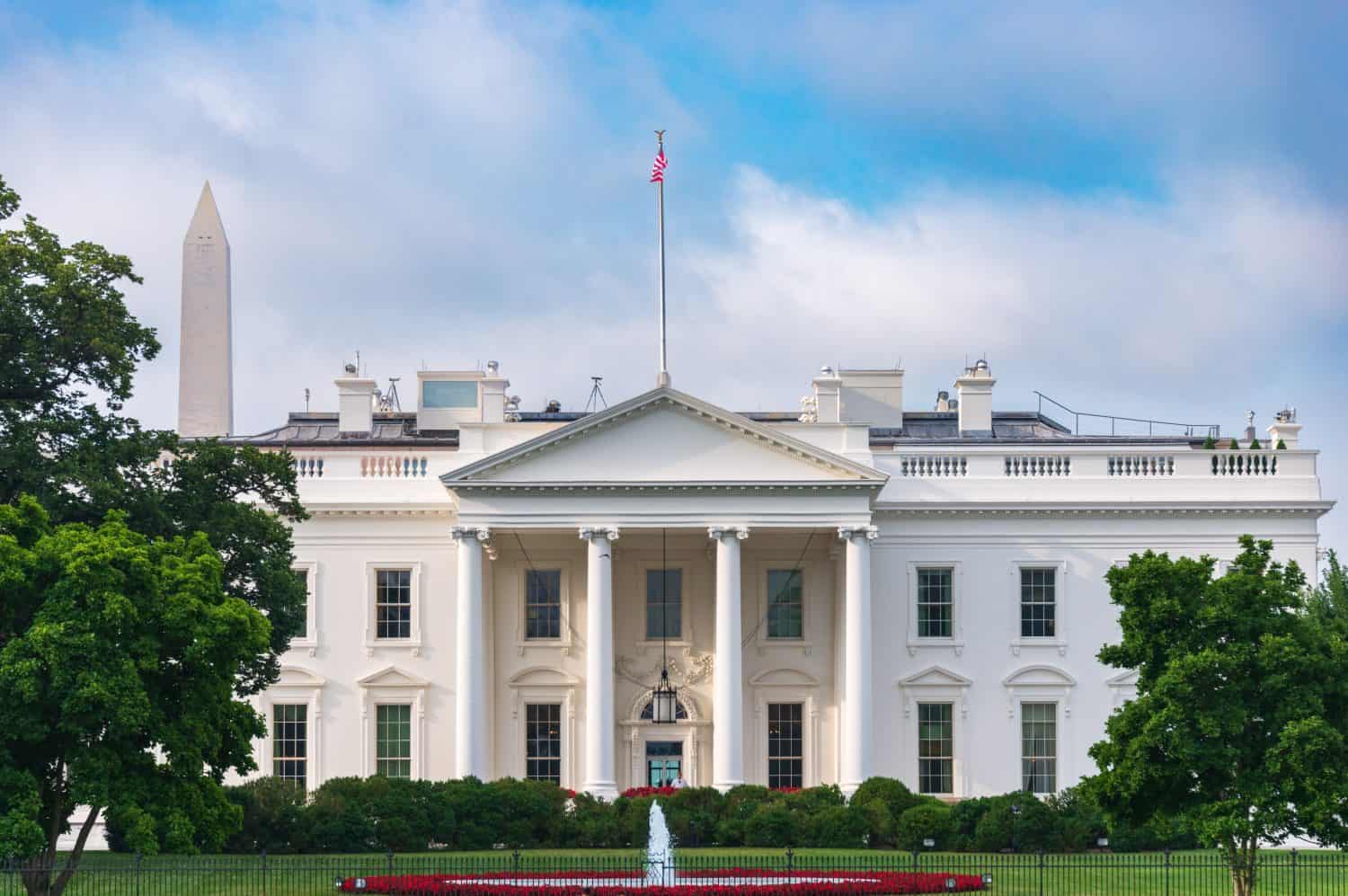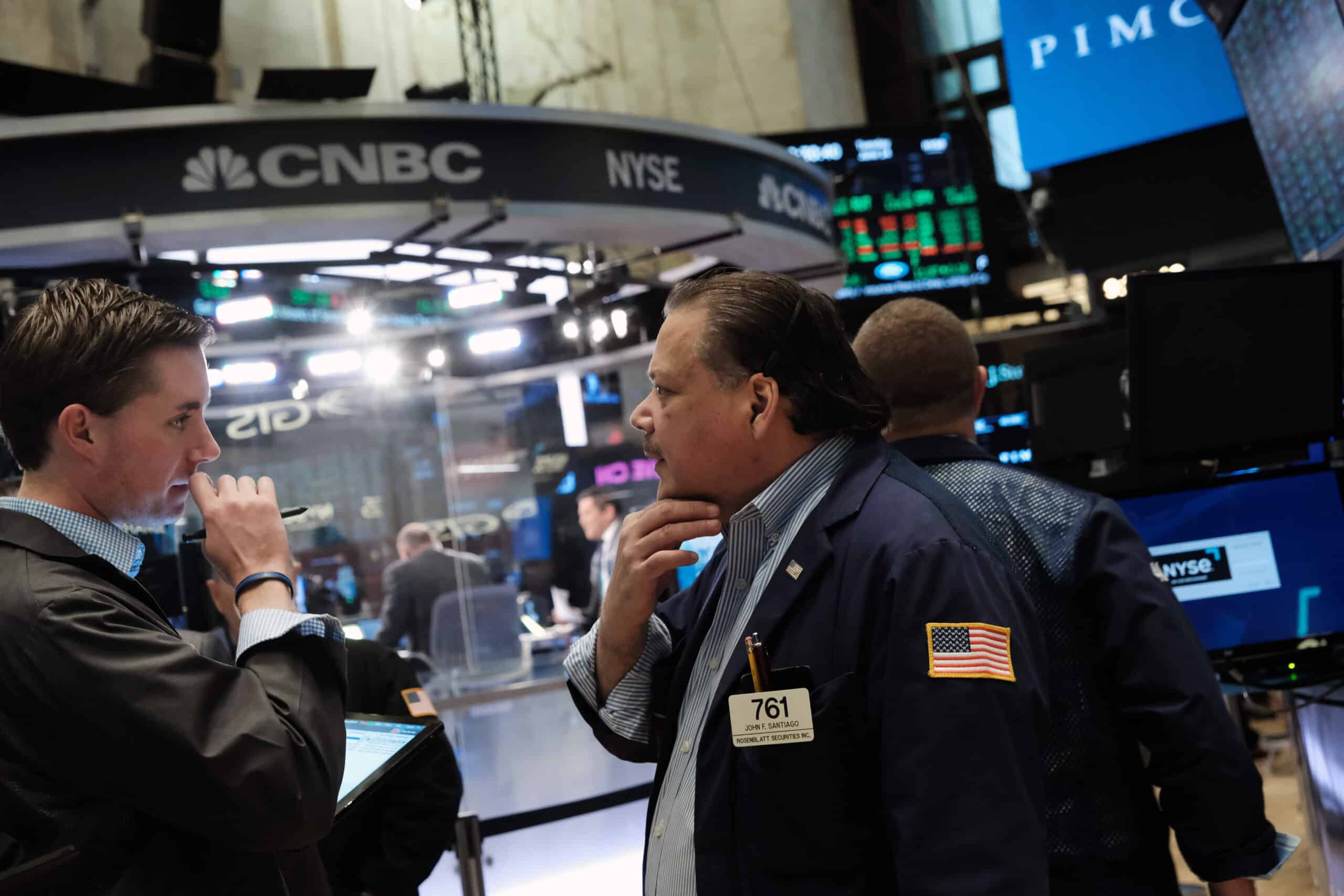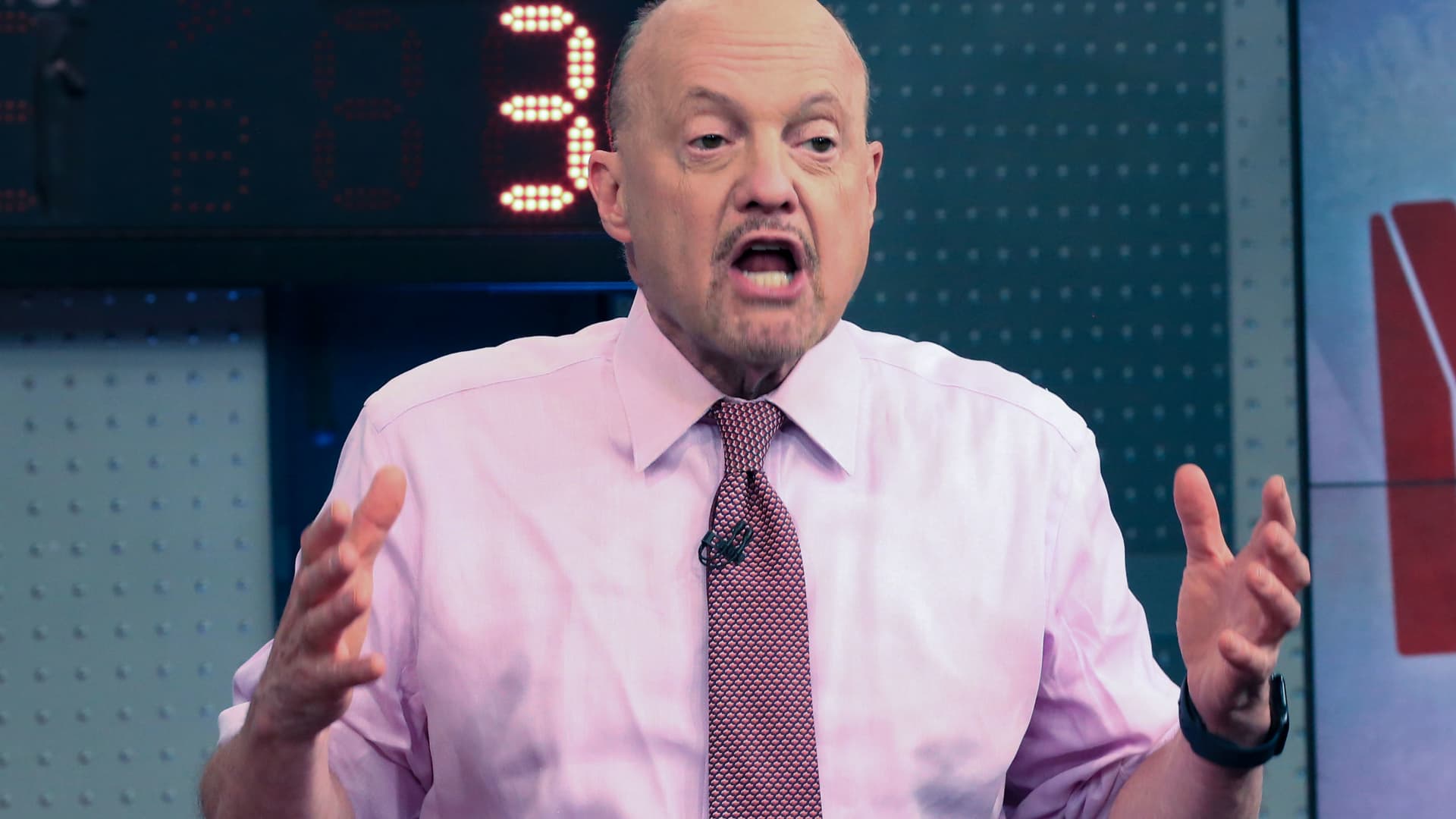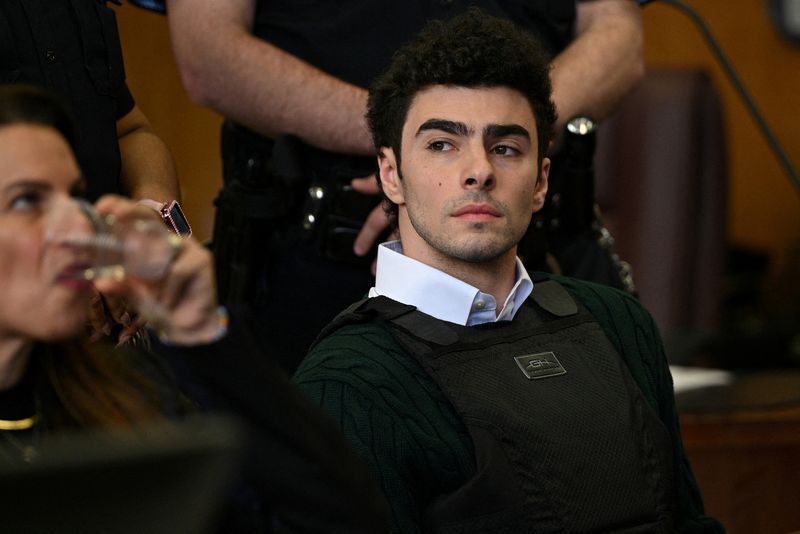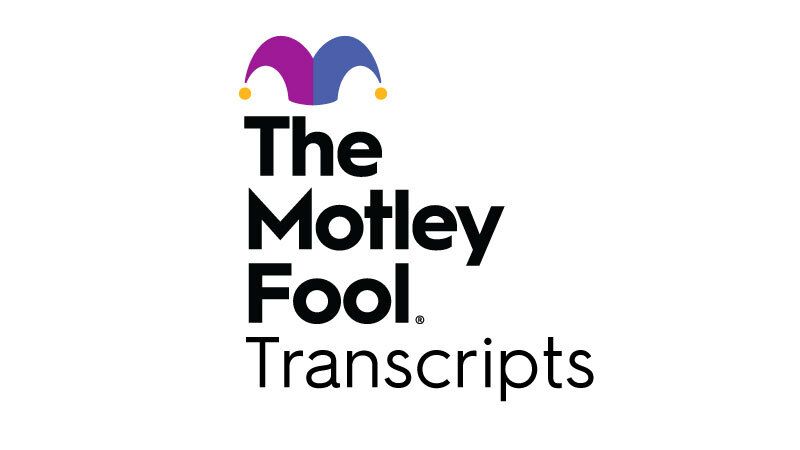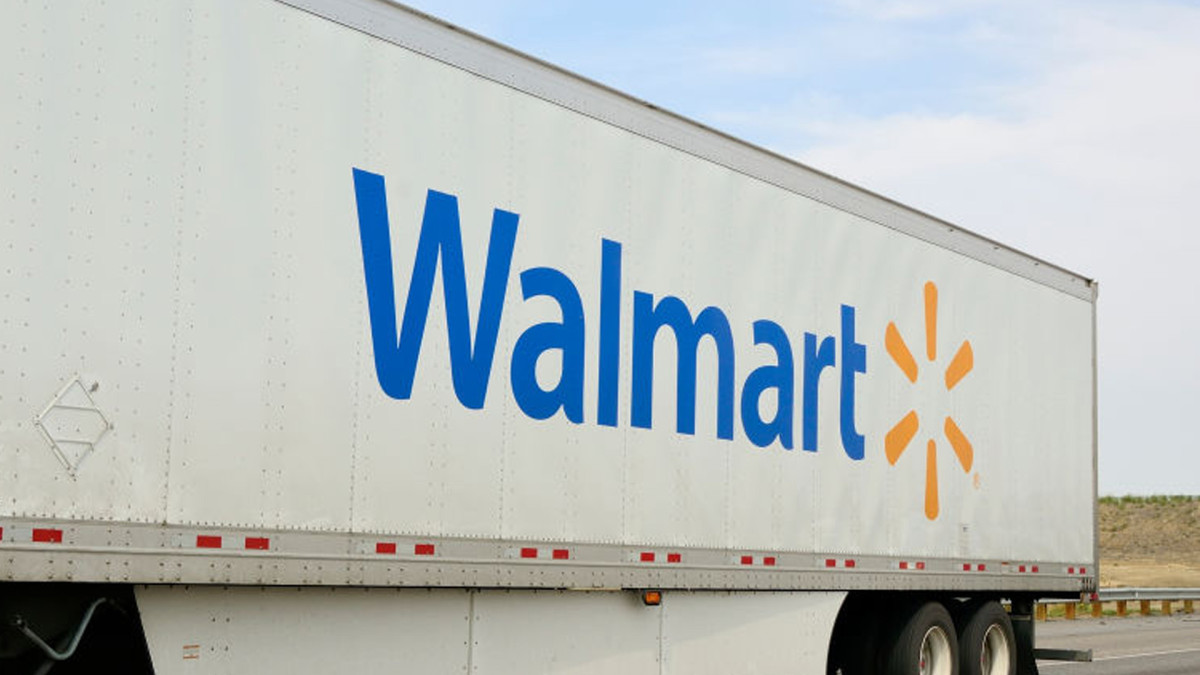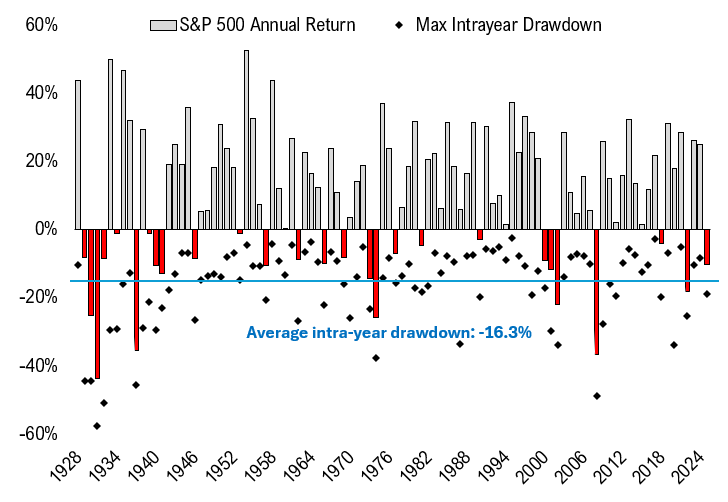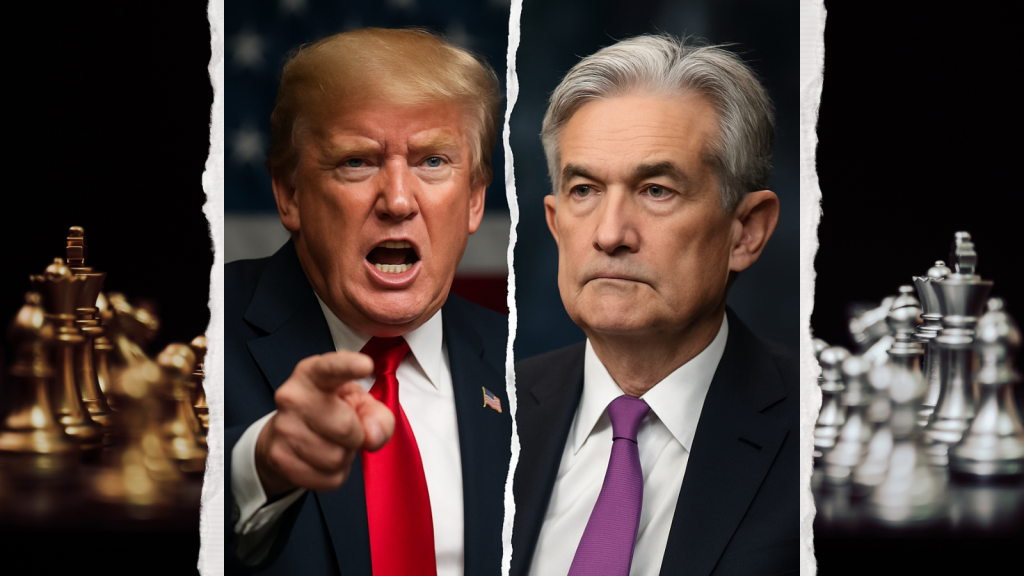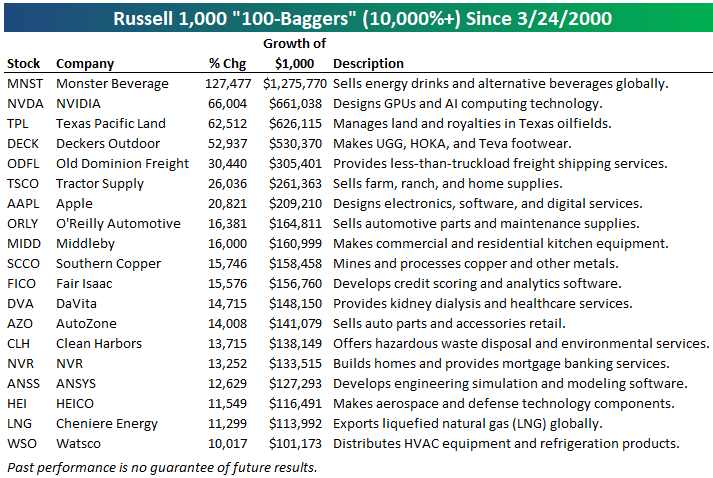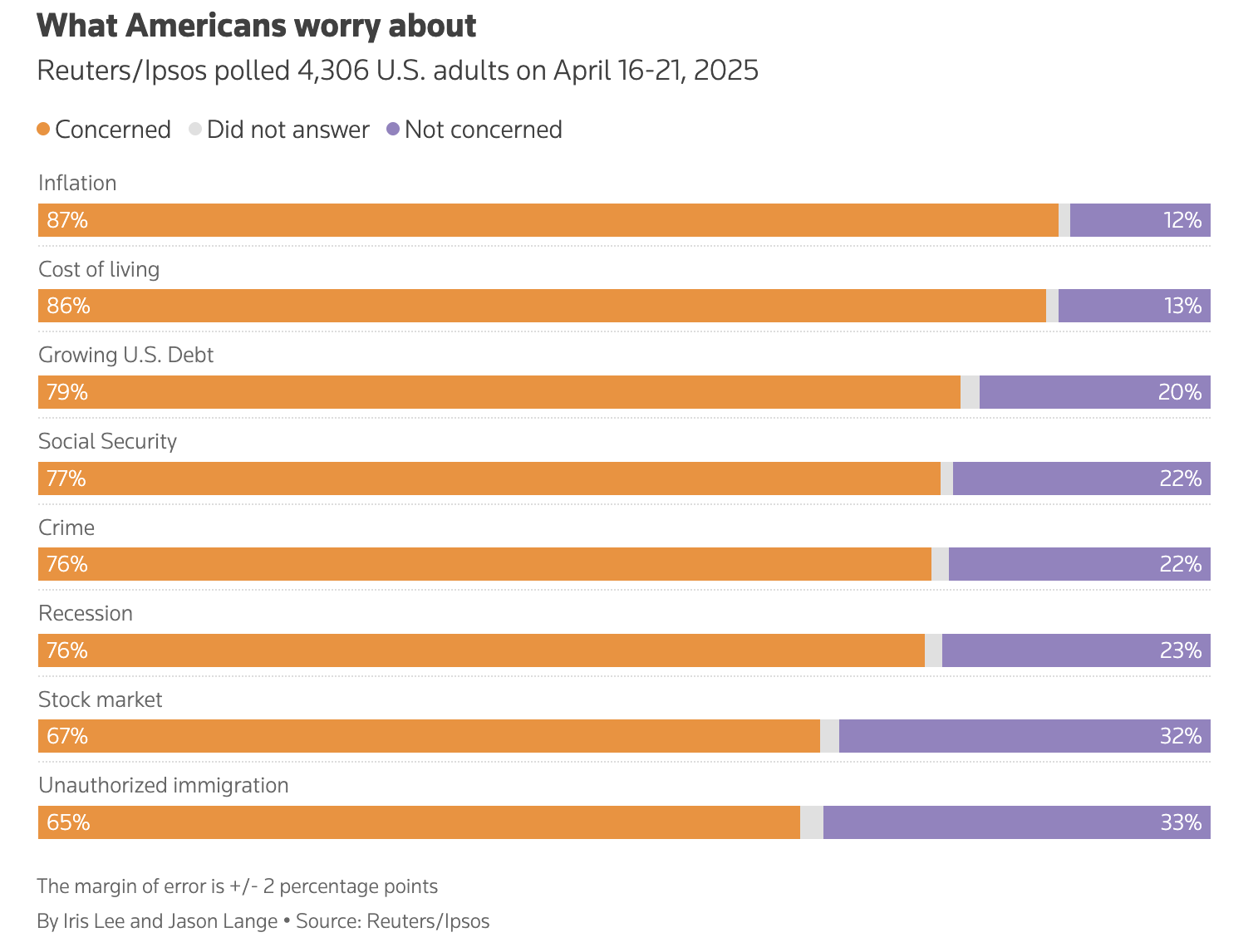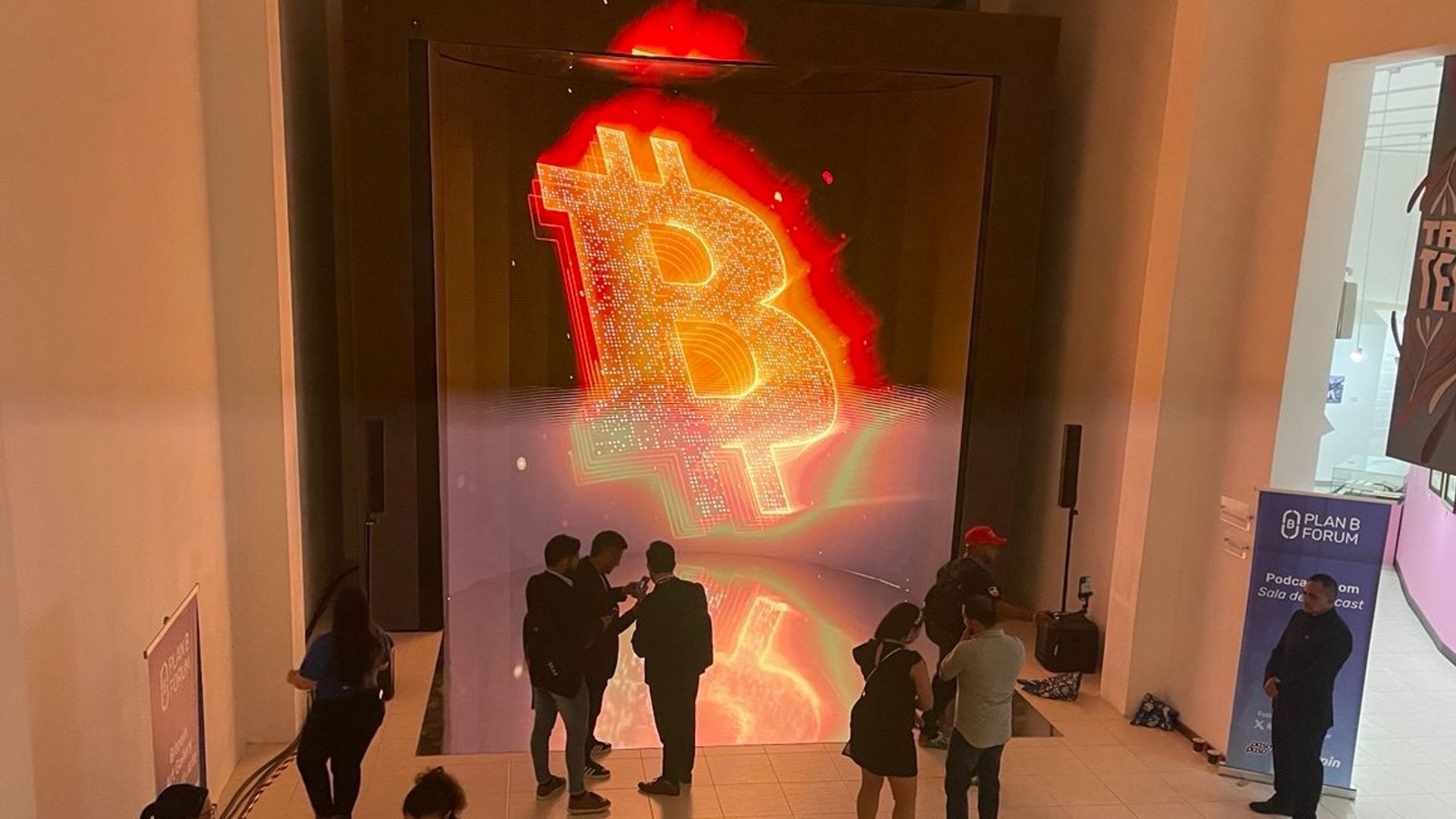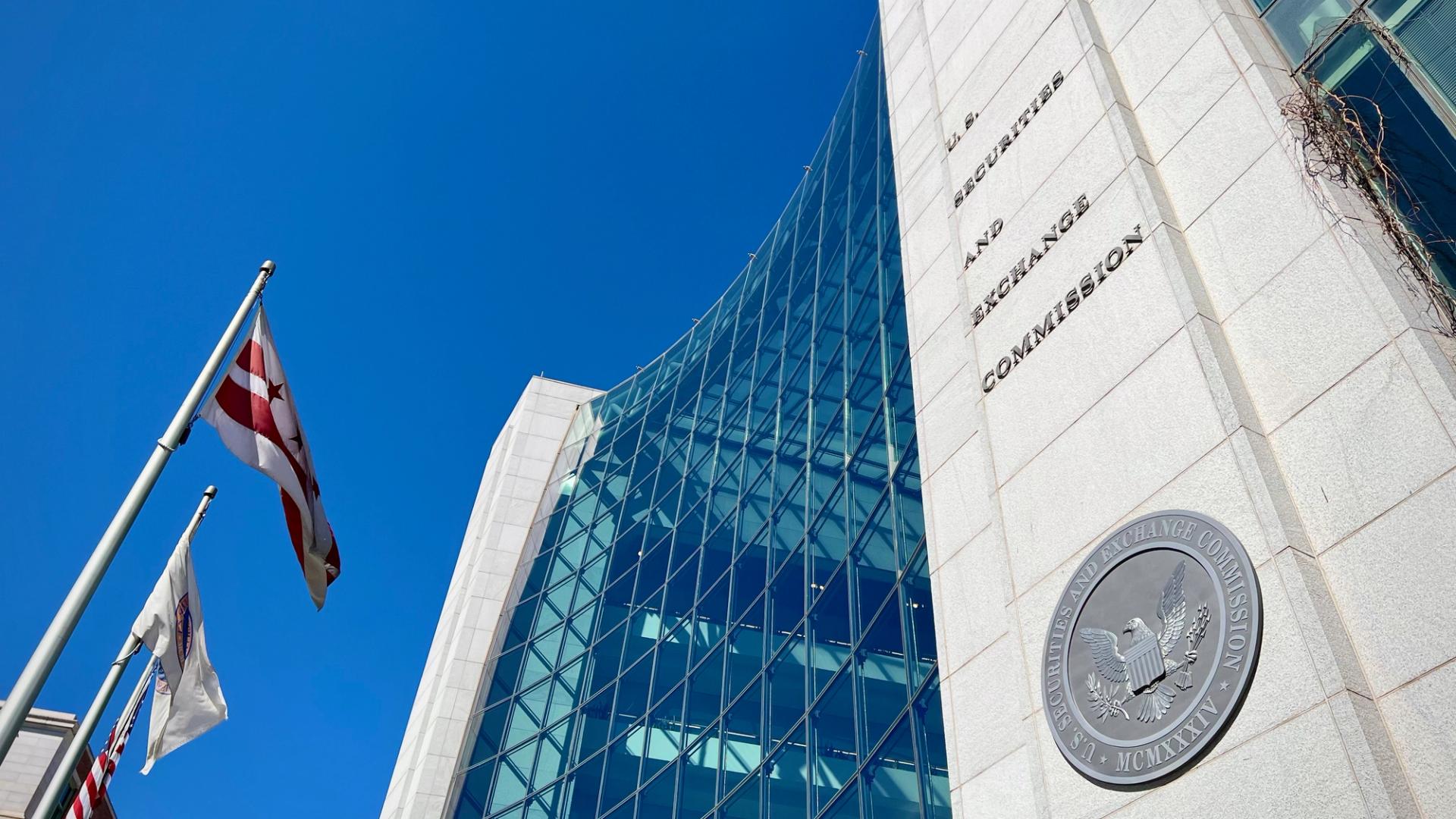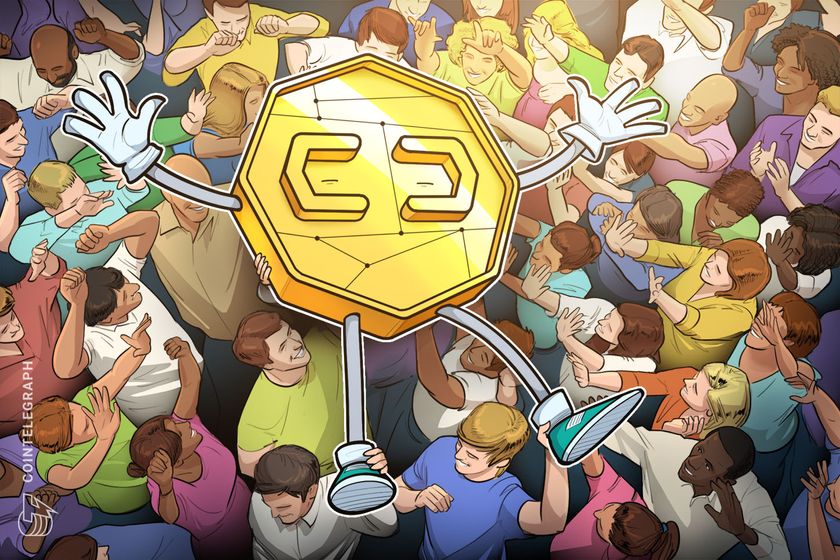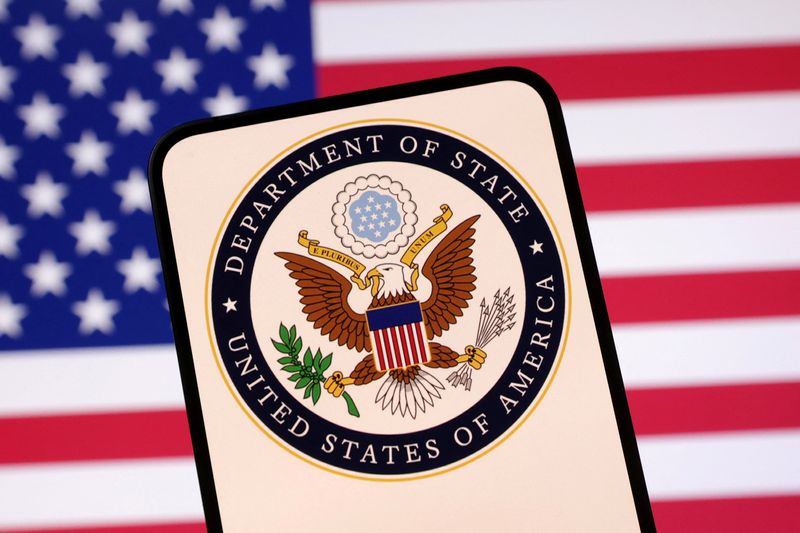Target Boycott: Inside the CEO’s meeting with Black leaders amid DEI protests
“It did not come up to all that we're expecting or needing.”

In 2021, Target CEO Brian Cornell made a memorable comment about George Floyd, who was murdered by police in 2020 in an act that sparked outrage over long-standing injustice against Black Americans. “He could have been one of my Target team members,” Cornell said.
He pointed to Floyd’s death in Minneapolis, where Target is headquartered, as the catalyst behind several corporate pledges at the giant retailer. Target said it would spend $2 billion on Black businesses by the end of 2025. In 2020, the company also enacted policies designed to hire and promote more people from underrepresented groups, including people of color and people who identify as LGBTQ+.
But three months ago, Target dramatically scaled back its diversity, equity, and inclusion policies. It announced the changes a few days after President Donald Trump took office and signed executive orders banning DEI in federal workplaces and at federal contractors while threatening to act on “illegal” DEI policies in the private sector. In a memo to employees about the pivot away from DEI , the company referenced the “evolving external landscape.”
Target’s Kiera Fernandez, chief community impact and equity officer, framed the shift in that memo as a new phase in the company’s progress toward creating an “inclusive work and guest environments that welcome all.” But the backlash was immediate, and the retailer became the most prominent example of a DEI about-face ricocheting through corporate America.
The fallout over Target’s decision to unravel their DEI efforts has culminated in a boycott against the store organized by Black activists and faith leaders who are asking their communities to vote with their dollars, and avoid shopping at Target altogether. The most prominent boycott was launched by Jamal Bryant, senior pastor at New Birth Missionary Baptist Church near Atlanta. What he began as a spending “fast” for Lent shows no signs of slowing down, risks real economic damage to the company, and has already become a public relations nightmare that could permanently stain the cult-favorite brand.
Cornell initiated a meeting with the civil rights leader Al Sharpton, who in turn invited Bryant to a meeting last week at Sharpton’s New York office. The trio discussed “the pain of the Black community,” Bryant tells Fortune.
Target has acknowledged that Cornell requested the meeting with Sharpton. The company declined to comment on the meeting, but in a statement to Fortune, a spokesperson for the company said that Target has “an ongoing commitment to creating a welcoming environment for all team members, guests, and suppliers.”
“We remain focused on supporting organizations and creating opportunities for people in the 2,000 communities where we live and operate,” the company also stated.
Bryant says that the meeting was a good start, but certainly did not clear up enough issues to inspire him to call off the boycott.
“It did not come up to all that we're expecting or needing,” says Bryant. “We’re still boycotting.”
Betrayal and boycotts
On Jan. 24, Target announced it was ending its three-year program to promote diversity in hiring and promotions, closing a program designed to increase spending and media exposure to Black brands, and would stop participating in external reporting of its diversity metrics, among other changes. The repercussions were immediate.
Some social media users declared that they would stop shopping at Target, and invited others to do the same. Since then, more than 135,000 people have signed a Move On petition demanding that Target reverse course. Even the daughters of one of Target’s cofounders decried the company’s decision, saying it stands in sharp contrast with the company’s original principles.
Other major retailers, including Amazon and Walmart, have also quietly stepped back from their DEI goals. But Bryant says that Target has been a particular focus of social ire because the retailer previously went out of its way to court Black shoppers, and touted its programs supporting Black businesses and vendors.
Following organic social media uprisings, several majority-Black churches also launched boycotts. Bryant’s church in Atlanta initially called for a Target “fast” during Lent, the 40 days leading up to Easter weekend. (This year, Lent began on Wednesday, March 5, and ended on Thursday, April 17, the day before Good Friday, and the same day that Bryant, Sharpton, and Cornell met.) The action involved four demands: Invest some of its profits from Black dollars into Black banks, open locations on the campuses of 10 Historically Black Colleges and Universities, complete its 2020 pledge to spend $2 billion on Black small businesses, and reinstate its original DEI hiring and promoting goals.
As Lent ended, Bryant called for the “fast” to continue, saying it’s a full boycott now, and compared it to protests during the Civil Rights Movement in the 1960s.
“People are resolved to stay the course. The reality is that the Montgomery Bus Boycott was 381 days, and we've just been in this for 10 weeks, and I think that every day we're gaining traction and momentum,” he says, adding that the movement has now attracted 200,000 followers.
Inside the meeting
At the April 17 gathering at Sharpton’s National Action Network office in New York, Bryant met with Cornell for the first time since launching his initial “Target Fast” more than a month prior. Sharpton had not been engaged with Target, he tells Fortune, but he agreed to the meeting only if Bryant could attend. “You boycott people to get them to the table,” says Sharpton. “So I said, if I could help him get to the table, then fine.”
Bryant says he raised his previous four asks at the meeting, which lasted an hour and 45 minutes. Cornell was accompanied by one of his board members, Bryant says, and Sharpton was joined by Franklyn Richardson, the chair of the National Action Network board, and Carra Wallace, a senior advisor at the organization. At the meeting, Bryant says, Cornell pledged to honor its original 2020 commitment to invest $2 billion in Black businesses by July 31. Bryant calls that a positive sign, but not enough.
“He's very warm, very affable, very personable, very engaged, but very out of touch, if they're not moving expeditiously to get it resolved,” says the pastor. “Every day that he's dragging is every day that is costing the company dollars.”
When Bryant and Sharpton pressed Cornell about why Target rolled back its DEI goals, they received “pregnant pauses,” says Bryant. Target’s representatives walked the group through the progress the company made with diversity goals since 2020, Bryant adds, but he emphasizes that was in the “pre-Trump-Musk era.”
Sharpton says he tried to explain to Cornell that “they cannot appease Trump at the expense of their consumers.”
“That's what I said to the CEO—that I don't know why you all are currying favor with Trump when Trump will be gone in [a few] years,” Sharpton tells Fortune. “Your consumers are who you need to deal with.”
Sharpton also said that CEOs can’t expect to maintain a diverse customer base while dropping diversity in its business practices. “Either you want diversity or you don't,” he recalls explaining. “So if you don't want diversity in terms of how you do business, then we will make sure you don't have diversity in terms of who your consumers are.”
Cornell also had an ask of the community leaders, according to Bryant: more time to respond to their demands.
Bryant argues that he realizes Cornell doesn’t work in a silo, and has the board to answer to. But he cites “sterling examples” of others in the business world, including Marriott’s CEO, and Disney shareholders, who have moved quickly to defend DEI. “Just as it is easy for those Fortune 500 companies, so should it be for Target.”
Falling traffic, pointed comments
The meetings between Target and Bryant will continue, Bryant explains. But he and his organizing team are still deliberating over future plans should Target fail to meet the church’s demands. (Safety for the boycott’s supporters is his first priority. “I want to be very cautious and mindful before mobilizing demonstrations in any form,” he says.)
But he adds Cornell should feel a sense of urgency about making peace with Black shoppers and reinstating its DEI policies. “He should be sending us FTD flowers every day to get it resolved,” he says.
Data from Placer.ai shared with Fortune show that weekly foot traffic to Target stores was consistently lower on a year-over-year basis in the 11 weeks following the company’s DEI announcement. Foot traffic for the month of March is down 6.5% compared to last year.
By contrast, Costco, which recently outlined its firm commitment and rationale for supporting DEI, has seen consistent year-over-year increases throughout the same period and a March foot traffic increase of 7.5% compared to last year, according to Placer.ai estimates.
To be sure, Placer.ai also notes that several factors could contribute to the shift, including weather patterns and uncertainty in the economy, especially in the wake of Trump’s announced tariffs.
But some signs of the boycott’s impact are hard to miss. On Instagram, Target can’t post a promotional video without attracting comments about its DEI flip-flop and demands for public apologies. Responding to a recent run-of-the-mill clothing ad, for example, an Instagram user wrote: “My shopping dollars will not go toward uniformity, inequality, or exclusion.”
Meanwhile, Bryant and others, including the NAACP, have created directories that guide users to shop directly from the Black small businesses whose products they’d normally buy at Target and other major retailers, and church groups have organized markets selling goods from Black-owned businesses in major cities including Dallas, Houston, Chicago, and Atlanta.
That isn’t to say that the boycott of what has been a beloved and convenient shop has been easy for many, including members of Bryant’s family. He says his wife and daughters shopped at Target before the boycott. “So I'm feeling the pressure on every side of my house,” he says.
This story was originally featured on Fortune.com






